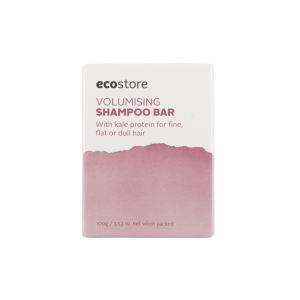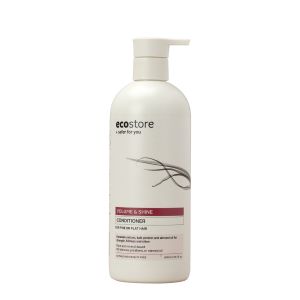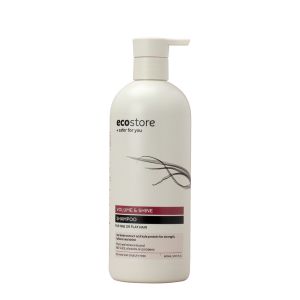Citrus Limon (Lemon) Fruit Extract

Citrus Limon (Lemon) Fruit Extract
Citrus limon fruit extract is a botanical ingredient with a fresh lemon aroma, derived from the fruit of the lemon (Citrus limon). We use this ingredient for its conditioning properties in some of our hair care products.
Citrus limon is a species of small evergreen citrus tree native to South Asia and cultivated around the world for its tangy fruit. Trees come in several varieties and grow to around 3 meters tall, with thorny branches and sparse foliage. The flesh, juice and rind of the yellow fruit (botanists refer to it as a berry) can all be used for their fragrance and flavour. Lemons are rich in vitamin C and citric acid, as well as numerous other phytochemicals. The flowers, twigs and fruit can be cold-pressed or steam-distilled to produce lemon essential oil, which is used to add flavour and/or fragrance to foods and products such as toothpastes, shampoos and detergents.
Lemon fruit extract can be used in hair care products to enhance body and shine. It contains proteins that nourish hair fibres, helping to promote maximum volume. It's also rich in antioxidants such as vitamin C, which help protect hair against free radical damage. Its occlusive properties can help to retain moisture, and it can also contain small amounts of essential oil from the rind, which impart fresh lemon notes to the fragrance.
Regarding its safety profile, this ingredient contains natural constituents that may be skin sensitisers for some people, and it's best used with care in topical applications. Lemon oil, along with a group of citrus fruit-derived ingredients, were assessed by the Cosmetic Ingredient Review (CIR) Expert Panel in 2021. They reviewed their safety for dermal exposure in cosmetics and concluded they are “safe for use in both rinse-off and leave-on cosmetic products when formulated to be non-sensitizing and non-irritating, provided that leave-on products do not contain more than 0.0015% (15 ppm) 5-methoxypsoralen (5-MOP).” Lemon oil is also listed by the European Chemical Agency (ECHA) as being readily biodegradable, with low potential for bioaccumulation but some aquatic toxicity when introduced to the environment above PNEC (Predicted No-Effect Concentration) levels.
Botanical name: Citrus x limon
Other names: Citrus Limon Extract, Citrus Medica Limonum Extract, Lemon Ekisu, Lemon Extract
Notable compounds: Vitamin C (Ascorbic Acid), Citric Acid, Eriodictyol, Hesperidin, Hesperetin
REFERENCES
Yang Shan. (2016). Comprehensive Utilization of Citrus By-Products. Academic Press, 2016, Pages 31-58, ISBN 9780128097854, https://doi.org/10.1016/B978-0-12-809785-4.00003-4.
Klimek-Szczykutowicz, M., Szopa, A., & Ekiert, H. (2020). Citrus limon (Lemon) Phenomenon-A Review of the Chemistry, Pharmacological Properties, Applications in the Modern Pharmaceutical, Food, and Cosmetics Industries, and Biotechnological Studies. Plants (Basel, Switzerland), 9(1), 119. https://doi.org/10.3390/plants9010119
Burnett, C. L., Bergfeld, W. F., Belsito, D. V., Hill, R. A., Klaassen, C. D., Liebler, D. C., Marks, J. G., Shank, R. C., Slaga, T. J., Snyder, P. W., Gill, L. J., & Heldreth, B. (2021). Safety Assessment of Citrus Fruit-Derived Ingredients as Used in Cosmetics. International Journal of Toxicology, 40(3_suppl), 5S-38S. https://doi.org/10.1177/10915818211039806
European Chemicals Agency (2022). Lemon, ext. EC number: 284-515-8 | CAS number: 84929-31-7. https://echa.europa.eu/registration-dossier/-/registered-dossier/15283/6/1
https://echa.europa.eu/web/guest/legal-notice
Tropical Plants Database, Ken Fern. tropical.theferns.info. 2022-03-02. tropical.theferns.info/viewtropical.php?id=Citrus+limon




